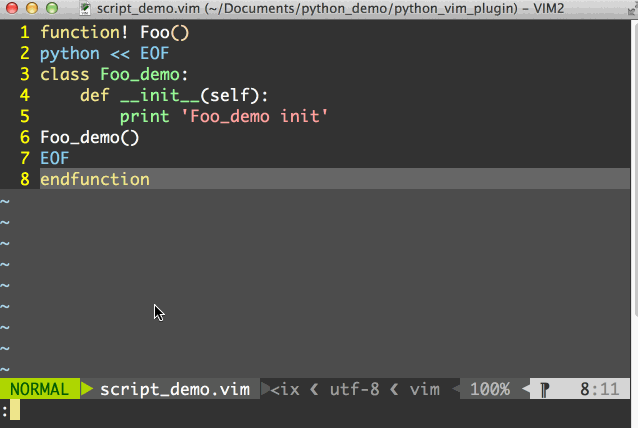TensorFlow tensor的拼接实例
TensorFlow提供两种类型的拼接:
tf.concat(values, axis, name='concat'):按照指定的已经存在的轴进行拼接 tf.stack(values, axis=0, name='stack'):按照指定的新建的轴进行拼接
t1 = [[1, 2, 3], [4, 5, 6]] t2 = [[7, 8, 9], [10, 11, 12]] tf.concat([t1, t2], 0) ==> [[1, 2, 3], [4, 5, 6], [7, 8, 9], [10, 11, 12]] tf.concat([t1, t2], 1) ==> [[1, 2, 3, 7, 8, 9], [4, 5, 6, 10, 11, 12]] tf.stack([t1, t2], 0) ==> [[[1, 2, 3], [4, 5, 6]], [[7, 8, 9], [10, 11, 12]]] tf.stack([t1, t2], 1) ==> [[[1, 2, 3], [7, 8, 9]], [[4, 5, 6], [10, 11, 12]]] tf.stack([t1, t2], 2) ==> [[[1, 7], [2, 8], [3, 9]], [[4, 10], [5, 11], [6, 12]]]
t1 = [[1, 2, 3], [4, 5, 6]] t2 = [[7, 8, 9], [10, 11, 12]] tf.concat([t1, t2], 0) # [2,3] + [2,3] ==> [4, 3] tf.concat([t1, t2], 1) # [2,3] + [2,3] ==> [2, 6] tf.stack([t1, t2], 0) # [2,3] + [2,3] ==> [2*,2,3] tf.stack([t1, t2], 1) # [2,3] + [2,3] ==> [2,2*,3] tf.stack([t1, t2], 2) # [2,3] + [2,3] ==> [2,3,2*]
以上这篇TensorFlow tensor的拼接实例就是小编分享给大家的全部内容了,希望能给大家一个参考,也希望大家多多支持【听图阁-专注于Python设计】。
